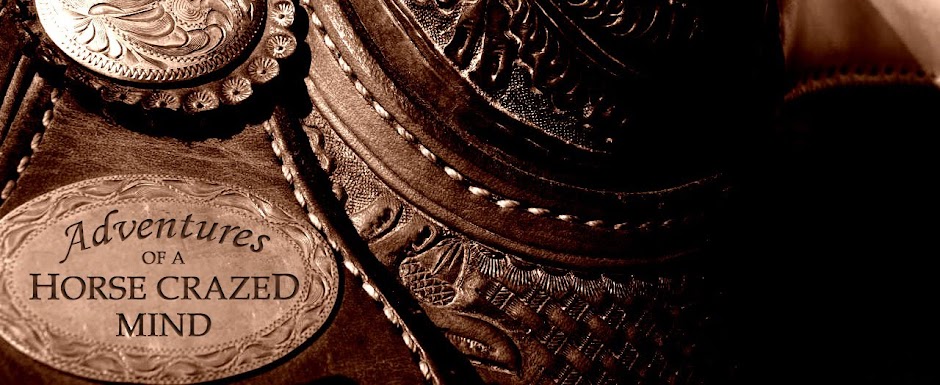First rule of horse conformation is that there are no guarantees. Or horse can look "perfect" and yet have a life or career ending injury. Conformation is complicated on so many fronts as you have to consider how a multitude of factors could be effecting how a horses conformation is presenting. For example a horse may appear "camped out behind" (standing with his hind legs stretched out behind him) but in fact that the horse is only standing that way as a result of having been ridden in an ill fitting saddle which caused pain in the lumbar region of his back which makes it uncomfortable for the horse to bring its hind legs underneath himself. Not only could that horse be standing badly as a result of pain in the back but he could also have muscles in all the wrong places from using his front end to do the work his rendered useless hind end.
The angle of a horses foot is effected by the trimming style of the farrier. The condition of the horse (it's weight and muscling) could also dramatically effect how a horse presents conformation wise. For instance a horse look narrow in the front but in fact just lack muscling that broadens the chest and makes the stance wider. A over conditioned horse can stand too wide in front, making him unable to move his front end cleanly and and even changing the shape of his foot as he bares weight in a manner unnatural to his god-given form.
Because in horses the exception very commonly proves the rule, there are horses with horrible conformation that have stood up to a lifetime of hard riding and horses with perfect conformation that fall apart at every step.
Buying a horse can feel like a real crap shoot because it is- a real f-ing crap shoot. All you can do is hedge your bets as much as possible and hope for the best.
"No Foot, No Horse" is no less true today than it was when man first climbed on a horses back. The foot changes with feed, condition, work, environment, farrier practices and whether Venus is in retrograde (kidding... I hope.) The size, shape, strength, and structural soundness of the foot is a science even the scientists cant agree on so us lay people dont stand a freakin chance. But my experience with Quarter Horses has lead me to fear naviular and laminitis above all else. Both conditions are common and debilitating and can develop without rhyme or reason but there are some things I look for that give me cause to hope.
Here it goes...
The first thing I look for when judging a horses feet can be done blind folded in the dark. I ask what a horse eats. If the horse cant be on pasture at all. If the horse is a good weight but only being fed a flake of local twice a day, run. If you take your blindfold off and you see that the horse has fatty deposits on its tail head, wither and/or neck, run for your life. But seriously...Many QHs cant handle lush pasture or a whole day out on grass and many are easy keepers. And even horses that fail the above test can be perfectly healthy if managed with proper care. But it is FAR easier to keep weight on a horse that requires a healthy amount of calories than trying to manage a horse that is constantly at risk of killing himself by so much as looking at patch of green grass. There horses are prone towards founder and founder sucks. Enough said.
Google: "Fatty deposits on Horses" Look at images.
Sadly horses that are fat tend to look better than thin "rangy" looking horses. Fat horses tend to be round, slick, have "proud" arched looking necks and big asses. Even if a horse doesn't have fatty deposits and is just being overfed, I would always hesitate to buy a horse that is too thin or too fat. It is hard to judge a fat horses conformation because fat hides their structure and makes them move poorly (making it difficult to know if their poor movement is as a result of being a porker or because of a soundness issue.) A thin horse is easier to judge and tends to move better but you always have to worry about issues that may arise when the horse is in condition and baring weight. Also note that the disposition of an underweight or overweight horse is also deceptive. A fat horse can act quiet because of the effort required to move. A thin horse can act hot because it doesn't take much effort to move. A fat horse can act hot as it is hopped up on feed. A thin horse can act quiet because it lacks the calories for energy. It is hard enough to judge when the conditions are perfect. Too thin or too fat can muddy the waters.
Will add to this post tomorrow.
